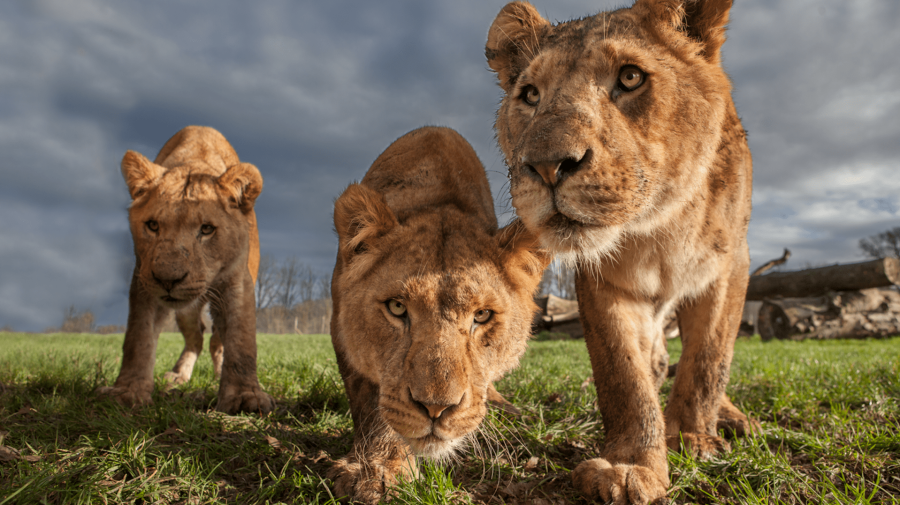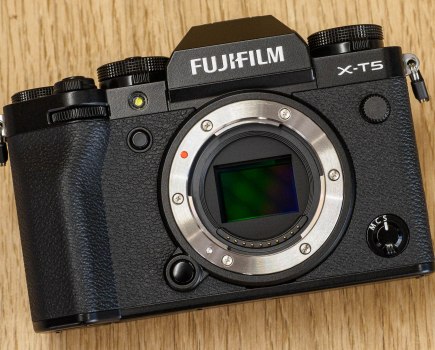I’ve had a busy couple of years. Besides my ongoing conservation work with our land restoration and education project (www.simonkingwildlife.com), a lot of my efforts have been concentrated on the field of wildlife still photography.
For my latest book NatureWatch, a guide on how to track and observe British wildlife, I set myself the enviable task of trying to generate original imagery to illustrate all of the species covered in the book along with their signs – and that’s a lot of creatures! To do this, I travelled the length and breadth of the UK, photographing the magnificent wildlife and the clues they leave behind; from footprints to poop.
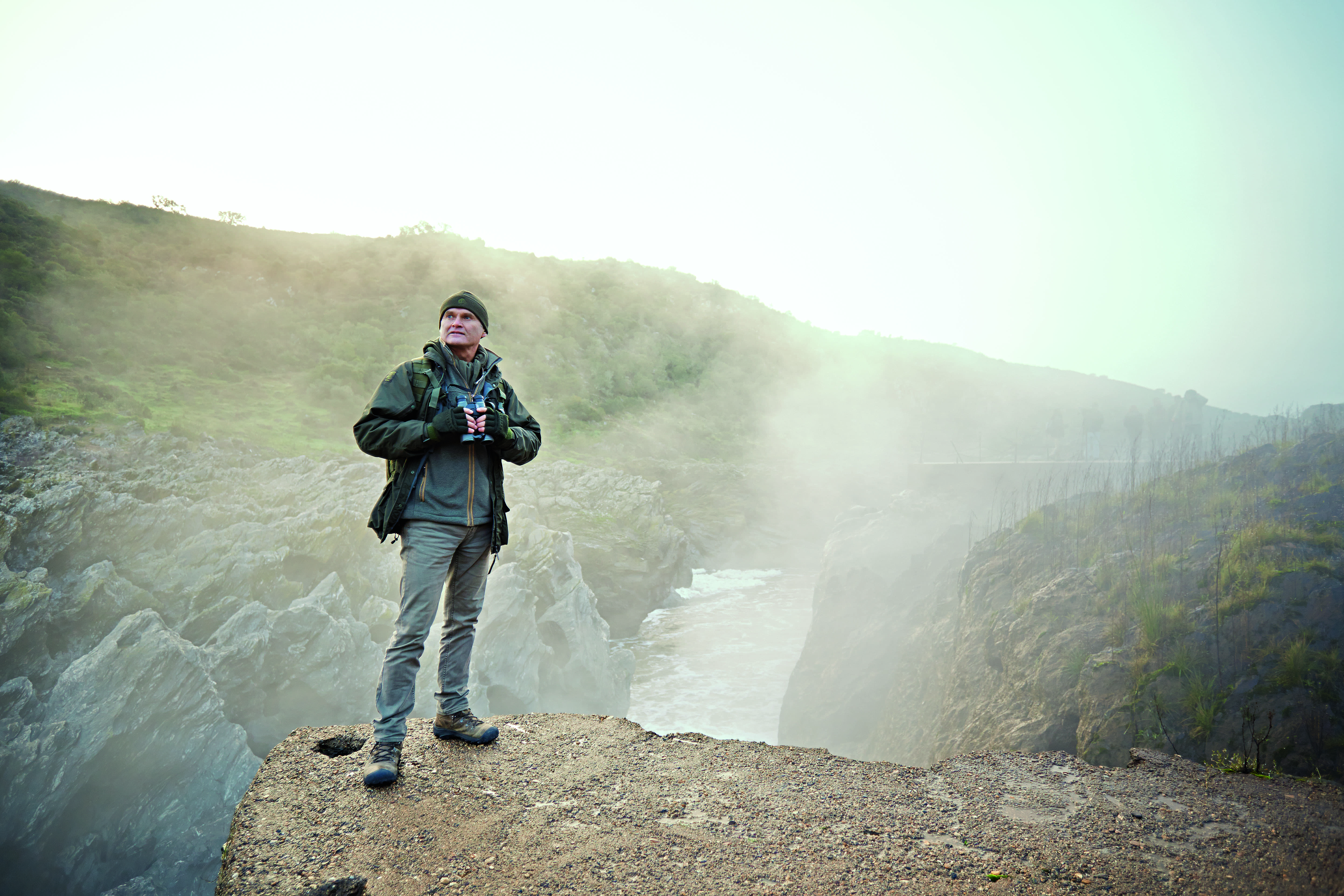
Lens work
This task called upon the full battery of lenses I have at my disposal, including the razor-sharp ZEISS 100mm f/2 Milvus lens for the majority of animal track and sign images, as well as photographs of reptiles, butterflies, small mammals and the like. Most of the bird images in the book were achieved with a 500mm telephoto lens, but all of the wideangle and macro work also utilised ZEISS optics.
By contrast, last year I was also commissioned to create an exhibition of images to celebrate the 50th anniversary of Longleat Safari Park in Wiltshire. I approached the challenge of photographing some of Longleat’s iconic animals in the safari park with a clear target – to get inside their world! With this in mind I had a special predator-proof door built to fit on the side of my Land Rover. This enabled me to get down to ground level and up close and personal with the more dangerous residents of the park, including the lions and tigers.
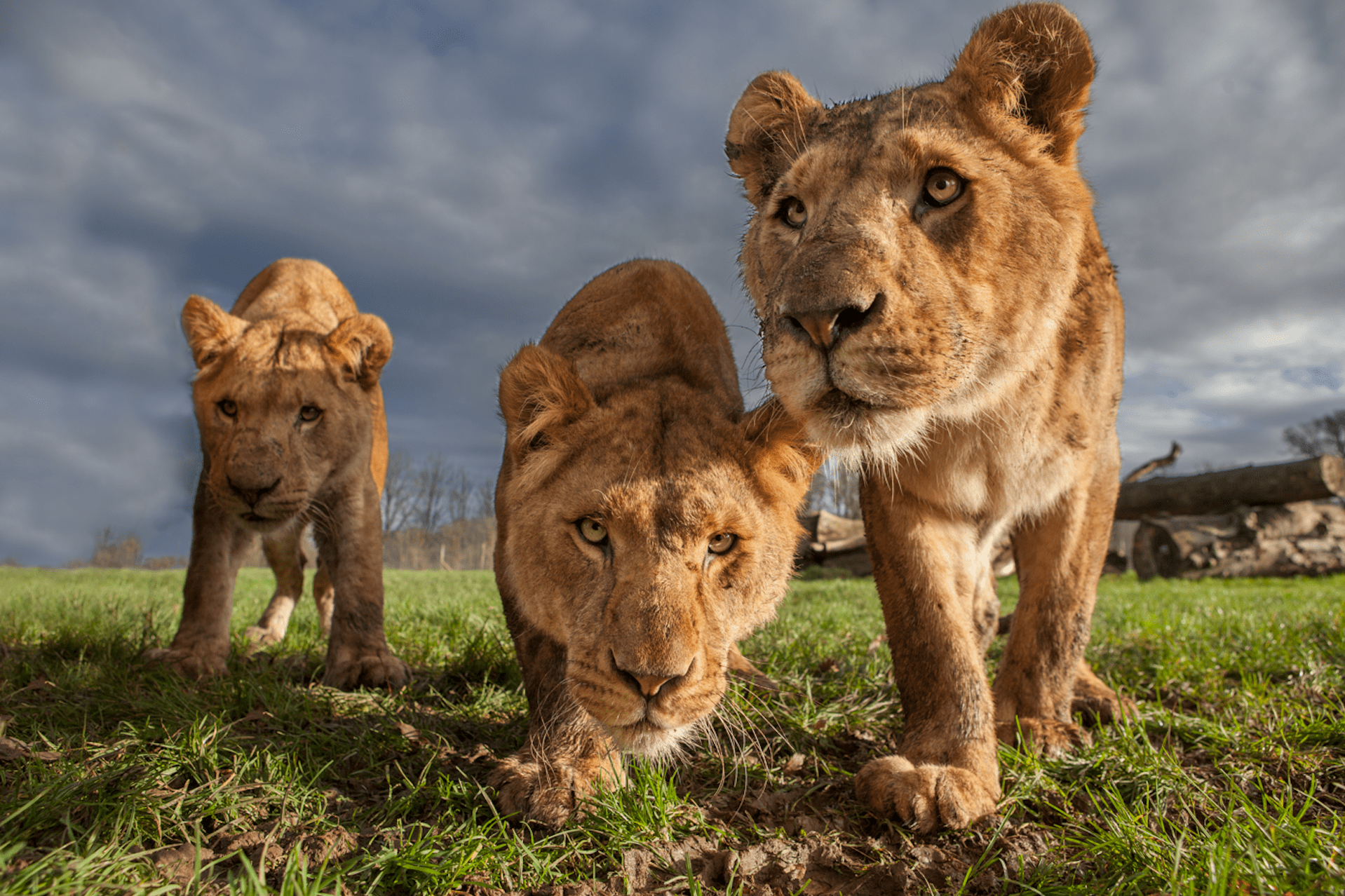
To enter their world I wanted a low, wide, very close view and so I predominantly used ZEISS wideangle lenses, specifically the astonishingly sharp 15mm f/2.8 Distagon T* and the ZEISS 28mm f/1.4 Otus. Both of these remarkable precision optics gave me punchy, bright and sharp images with a minimum of edge distortion. Just as well, because for the effect I was looking for, the big cats had to be very, VERY close indeed. On more than one occasion I had lion snot on the object lens!
For the ring-tailed lemurs I did not have to be behind bars for my own safety – but I had a very specific image in mind. To illustrate their remarkable athleticism, I wanted to position myself below the leaping lemurs. Conditions had to be just right, with a cloudless blue sky – a feature that can be in short supply in the UK! Here too I used the ZEISS 15mm f/2.8 Distagon T*, which gave me a fabulous depth of field and minimal distortion, despite the lemurs jumping just a few centimetres away from the lens.

Trusty binoculars
While out and about I am always equipped with my favourite ZEISS binoculars – as seen on the cover of my book! The recent design innovations have culminated in the finest sports optics in the world. My Victory SF 10 x 42 binoculars are one of the most important tools in my kit bag. Optically they are flawless, but it is their handling which is the real game changer. I use my bins all day, every day so weight and comfort matter a LOT.
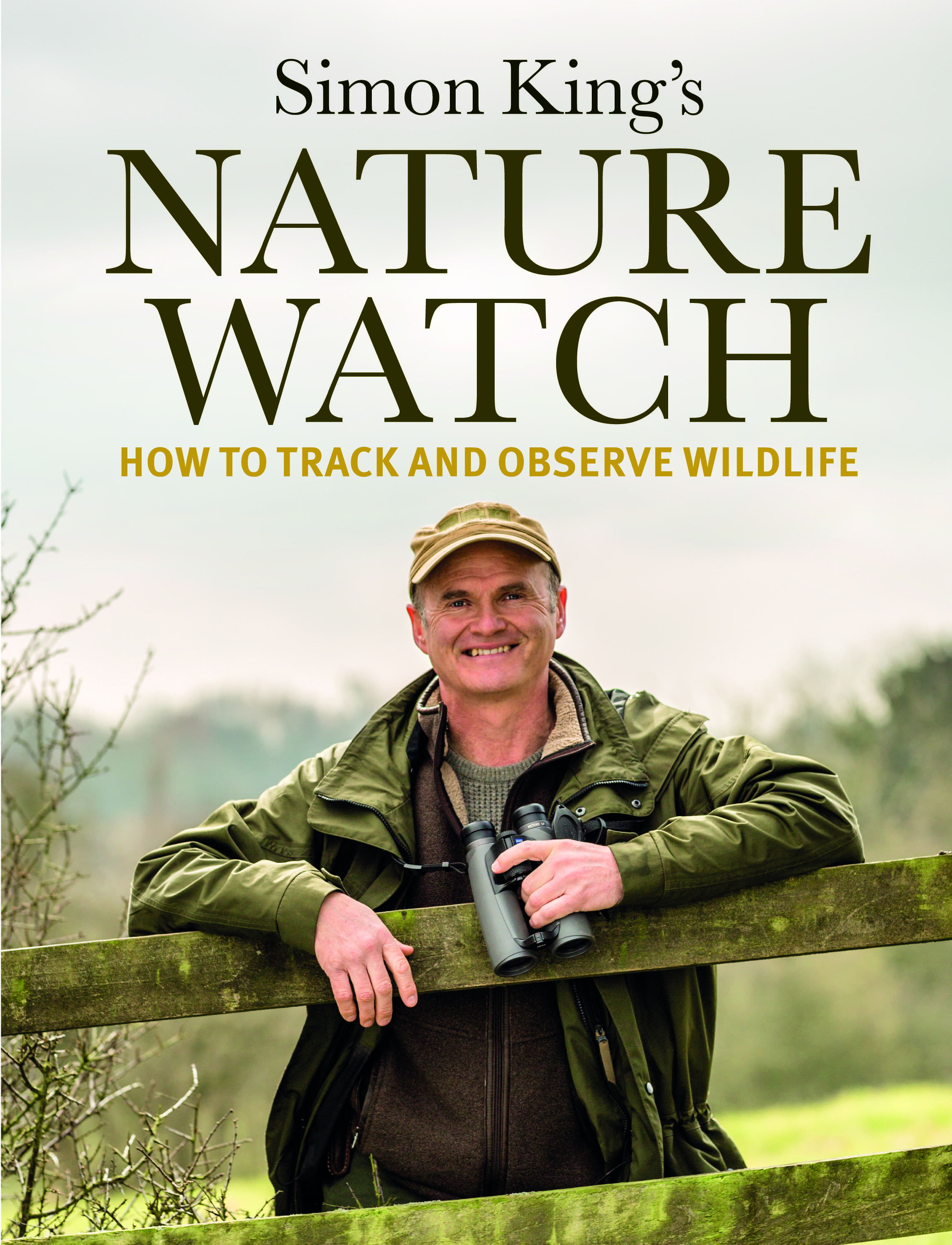
The Victory SFs are lightweight and beautifully engineered, sitting in your hands and against your eye sockets in perfect balance to alleviate the fatigue that can result from prolonged periods of observation. Their focus wheel is smart too, taking a minimal amount of movement to pull focus from infinity to very close indeed – great when tracking a fast-moving bird or beastie. If you want to watch butterflies and other bugs, the minimum focus is just 1.5m – that’s down by your feet (if you’re the same height as me)! Couple this with the astonishingly wide field of view – the widest in its class – and you have the best bins in the world!
I wouldn’t be without them!
Learn more about ZEISS optics at www.zeiss.co.uk
Signed copies of Simon’s book NatureWatch are now available to order on www.simonkingwildlife.com
Simon’s kit bag
Milvus 2/100
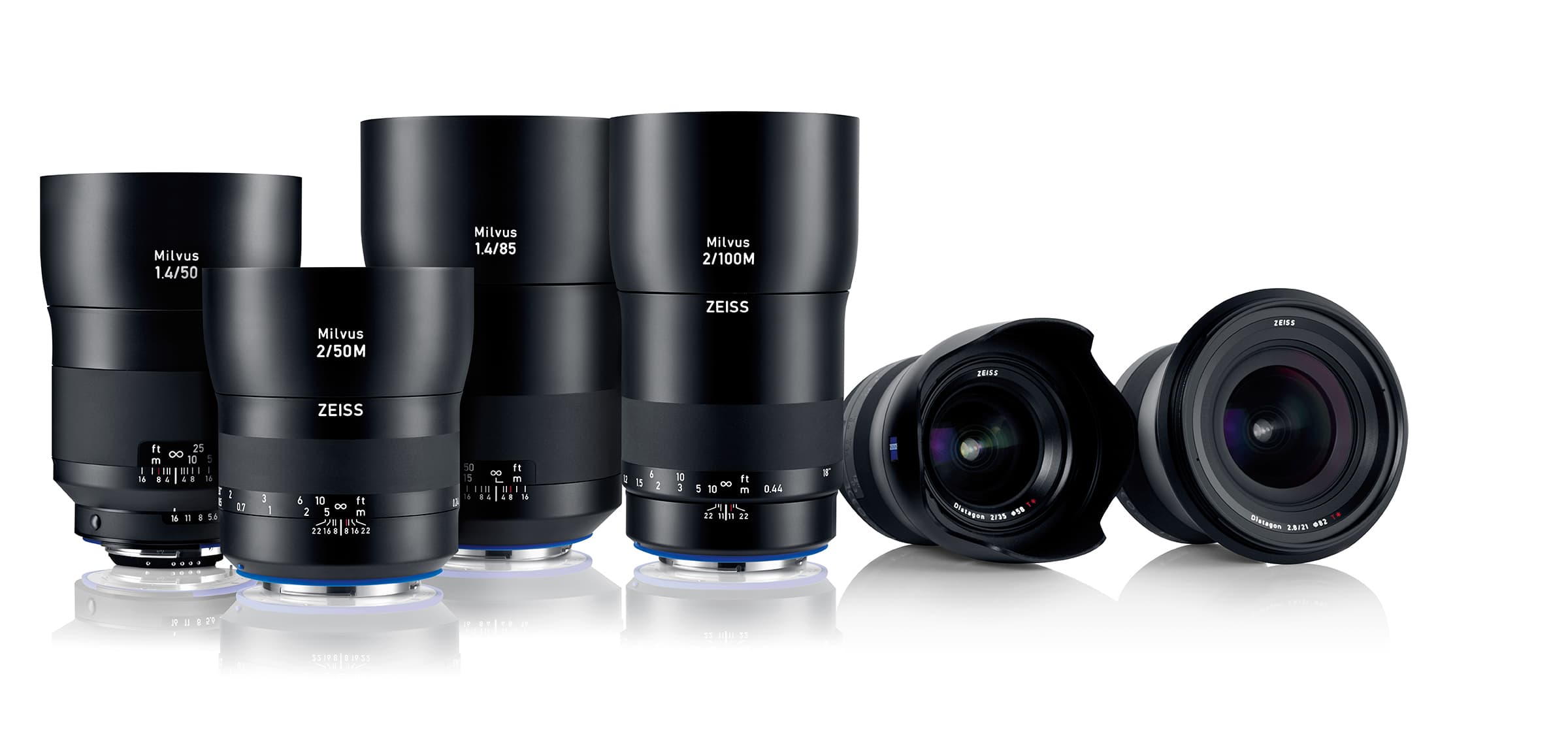
Credit: ZEISS
The Milvus 2/100, featuring the ZEISS Makro-Planar lens design, is currently the fastest 100mm macro lens on the market. Its precise mechanical components and large focus throw enable precise control — something that’s essential for close-up macro photography.
Visit www.zeiss.com/milvus for the full range of Milvus lenses.
Otus 1.4/28
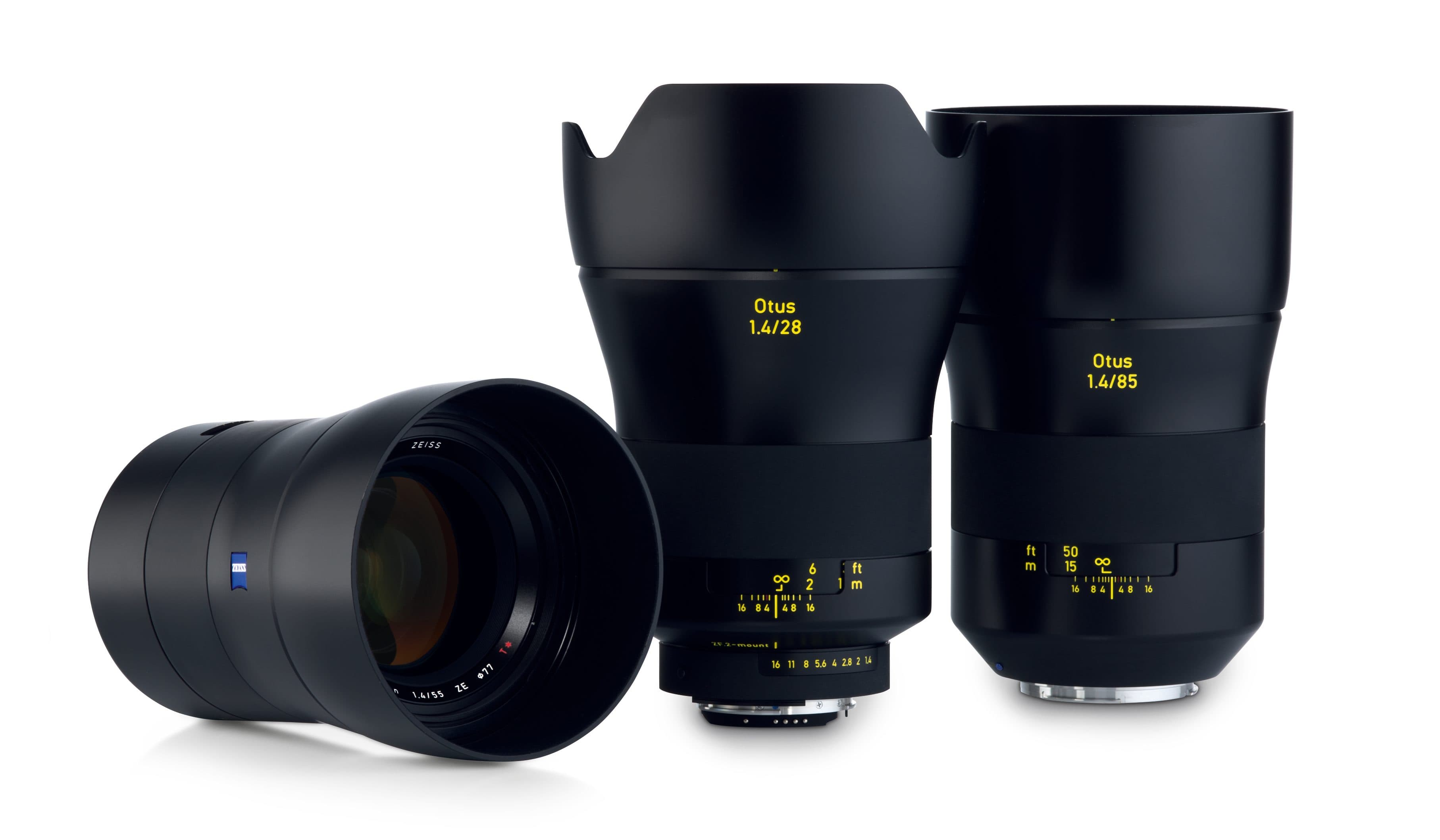
Credit: ZEISS
The Otus 1.4/28 is in a class of its own, providing high resolution and outstanding definition. The optical correction prevents practically any aberration you can think of – it’s quite simply the best wide-angle lens in the world.
Visit www.zeiss.com/otus for the full family of Otus lenses.
Distagon T* 2.8/15
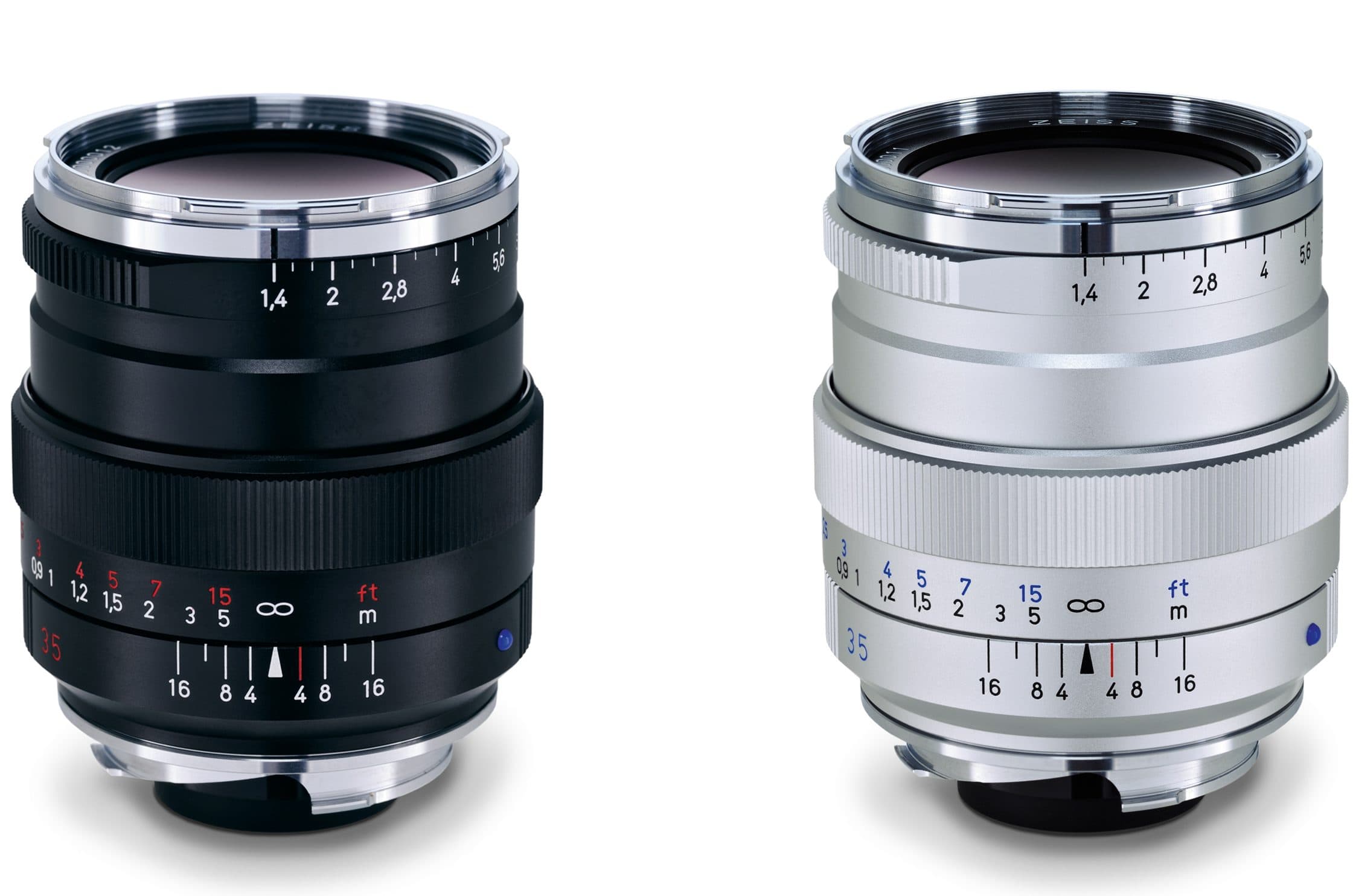
Credit: ZEISS
With a field angle of 110°, the super-wide-angle Distagon T* 2.8/15 is the ideal companion when it comes to capturing those extraordinary moments in nature.
Visit www.zeiss.com/classic for the full range of Classic lenses.

